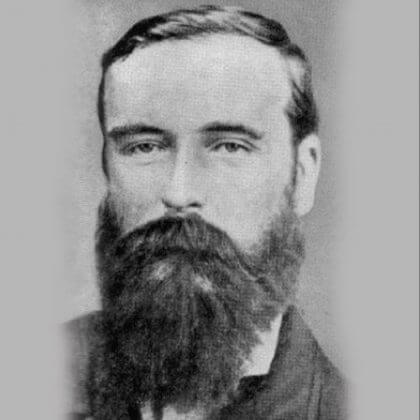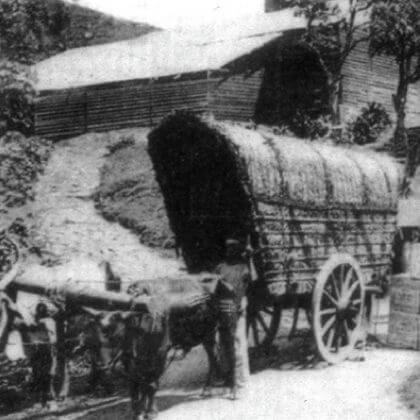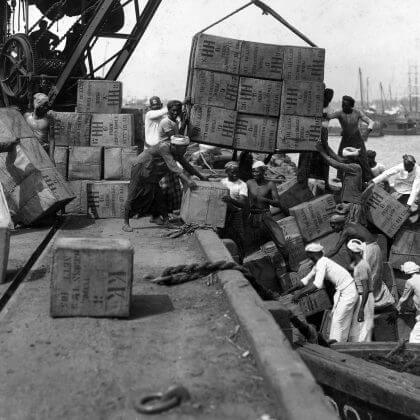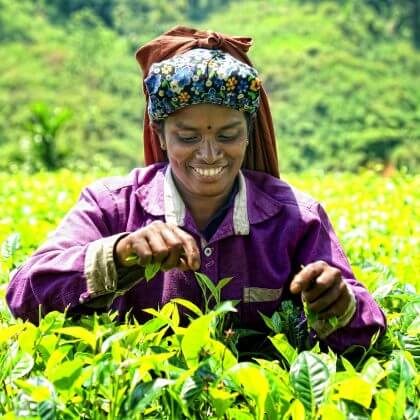1867 - 1877
1877 - 1887
1887 - 1897
1897 - 1907
1907 - 1917
2007 - 2017
1997 - 2007
1987 - 1997
1977 - 1987









Story of Ceylon Tea
James Taylor arrived in Ceylon in 1852, settling down at the Loolecondera Estate, Galaha. He begins a 19-acre tea plantation on the Loolecondera Estate in 1867, laying the foundation for what would become Sri Lanka’s largest export industry for over a century.
In 1872, a fully equipped tea factory began operating on the Loolecondera Estate.
In 1873, Ceylon Tea made its international debut when twenty-three pounds of tea produced by James Taylor reached London.
During the 1880s, tea production in Sri Lanka grew rapidly with planters from all over the hill country visiting Loolecondera to learn the basics of growing and manufacturing tea. By the late 1880s, almost all the coffee plantations had been converted to tea as it was seen as a more lucrative alternative.
With the development of technologies such as the Sirocco tea dryer in 1877 and the tea-rolling machine in 1880, commercial tea production was now viable.
In 1883, with the backing of the Ceylon Chamber of Commerce, the first of many public Colombo tea auctions was held on the property of Somerville & Co.
In 1884, the Central Tea Factory was built on the Fairyland Estate (Pedro) in Nuwara Eliya.
In 1891, Ceylon Tea was sold at the London tea auctions at an astonishing price of LKR 36.15 per lb.
In 1892, James Taylor, the pioneer of the tea industry in Ceylon, died at the age of 57.
In 1894, the Colombo Tea Traders Association was founded, followed by the formation of the Colombo Tea Brokers’ Association in 1896.
This period witnessed a significant increase in production. By 1899, nearly 400,000 acres of land was already under tea cultivation.
1915 was a historic year as Mr. Thomas Amarasuriya was appointed as the first ever Sri Lankan Chairman of the Planters’ Association.
In 2008, the export revenue from Ceylon Tea reached USD 1 billion.
In 2011, the Sri Lanka Tea Board obtained the necessary Geographical Indications (GI) certification for Ceylon Tea, meaning that only tea produced in certified regions of the Island and meeting stringent quality norms could be marketed as ‘Ceylon Tea’. This was an important step in ensuring quality and preventing counterfeiting. Sri Lanka also became the first country to be recognised as a producer of Ozone-friendly tea.
The year 2017 marked the 150th year of Ceylon Tea. Since James Taylor established the first commercial plantation in 1867, the Sri Lankan tea industry has come a long way, now generating over USD 1 billion in export revenue and employing over 1 million citizens.
With the closure of the London Tea Auction in 1998, the trade in Ceylon Tea centred solely on the Colombo Auction.
In 1999, the Sri Lanka Tea Board globally trademarked the Lion logo as an emblem of 100% Pure Ceylon Tea.
The production of Ceylon Tea exceeded 300,000 metric tons in 2000.
2001 saw the setting up of a Tea Museum in an old tea factory in Hanthana, Kandy.
In 2002, the Tea Association of Sri Lanka was formed.
To commemorate 125 years of Ceylon Tea, an international convention was held in Colombo in 1992. The Tea Research Board was formed. Export duties and Ad Valorem Taxes were abolished.
In 1993, state-owned tea estates were returned to the private sector.
In 1997, tea exports from Sri Lanka reached 250,000 metric tons.
Sri Lanka was the official supplier of tea at the Moscow Summer Olympic Games in 1980 and the Brisbane Commonwealth Games in 1982.
In 1981, Sri Lanka began importing tea for blending and re-exporting.
The production and export of green tea started in 1982.
In 1983, the CTC (Crush, tear and curl) tea processing method was introduced in the country.



